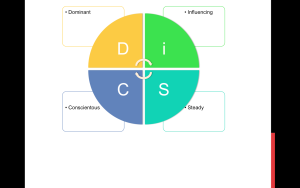Finding Successful Ways to Confront Oppressive Behavior
Today, I encountered a post from an Internet friend who lives in Israel, urging Israeli Prime Minister Benjamin “Bibi” Netenyahu to bomb Iranian nuclear facilities.
The post made me feel queasy. My original response was a desire to scream and yell that this was racist. Fortunately, I had enough self-control not to give into that stupid and unproductive urge. I also didn’t want to start a firestorm of negative attacks on me because I had the temerity to disagree with a view that I felt was both racist and extremist. And yet I wanted to confront this way of thinking and not let it go unchallenged.
So instead, I thought for a couple of minutes about what type of response would actually be heard and not blocked out—what could actually advance a dialog. (I will confess that I haven’t always been skilled in that type of response, but I think I’ve gotten much better in the past several years.
And this is what I finally wrote—knowing that my friend is deeply religious, and that an appeal to his religious convictions might actually get through.
Even as poor a student of the Torah as I am knows that God does not want to see innocent blood shed. Your recipe for Bibi would leave hundreds of thousands dead and the Middle East–including Israel–in flames. Possibly the entire world. I urge you to think carefully about unintended consequences.
And amazingly enough, this actually did open a door for some mild and thoughtful dialog. Not a perfect outcome but one I could feel reasonably good about. I had used the marketing principles I teach, and given the right message for the audience.


